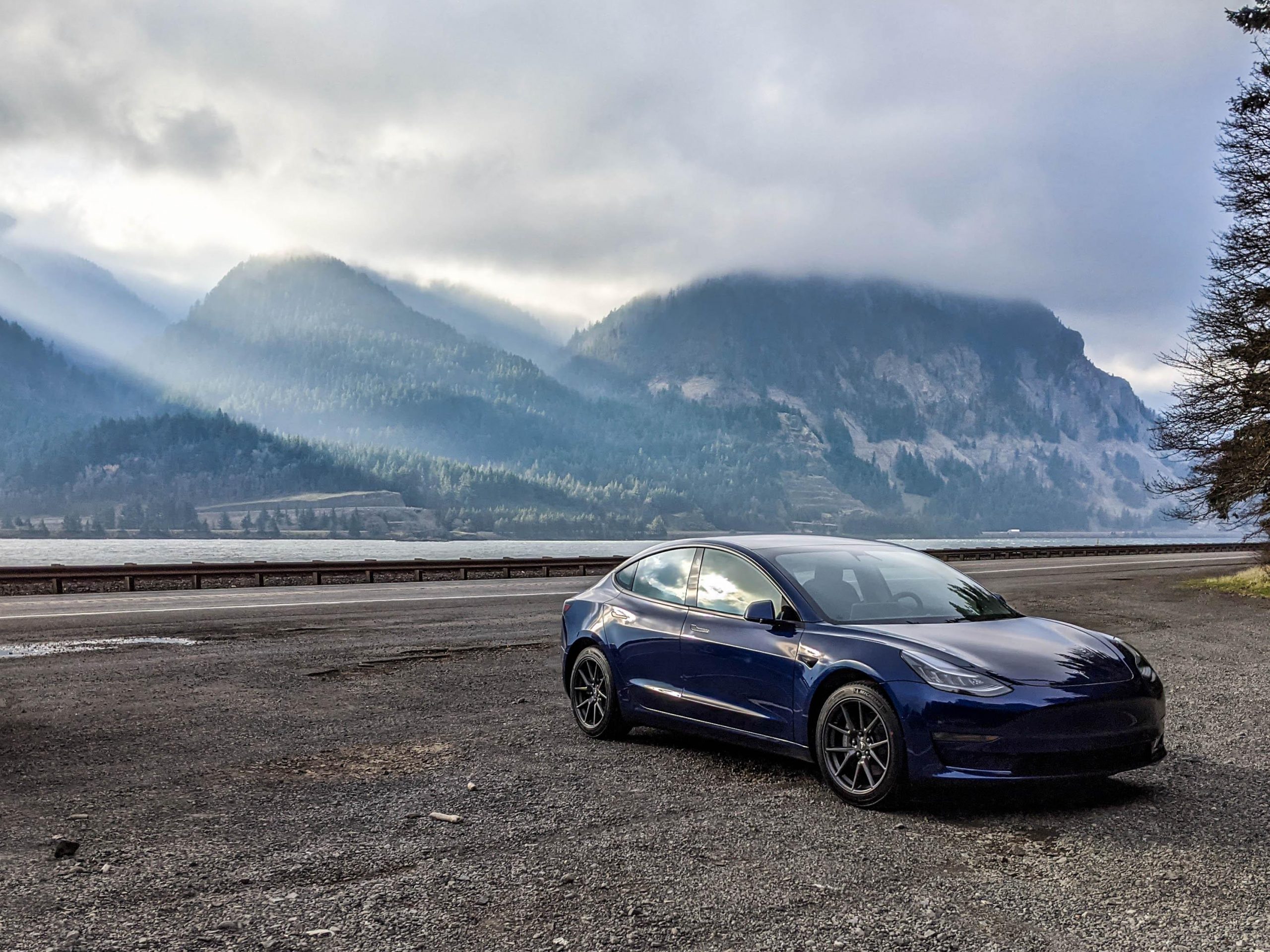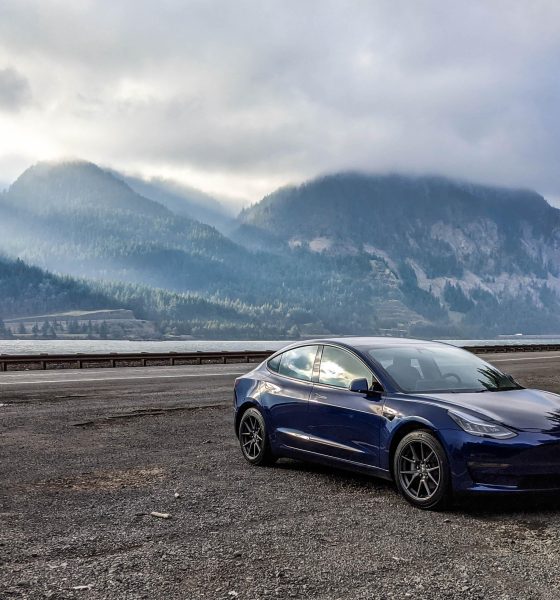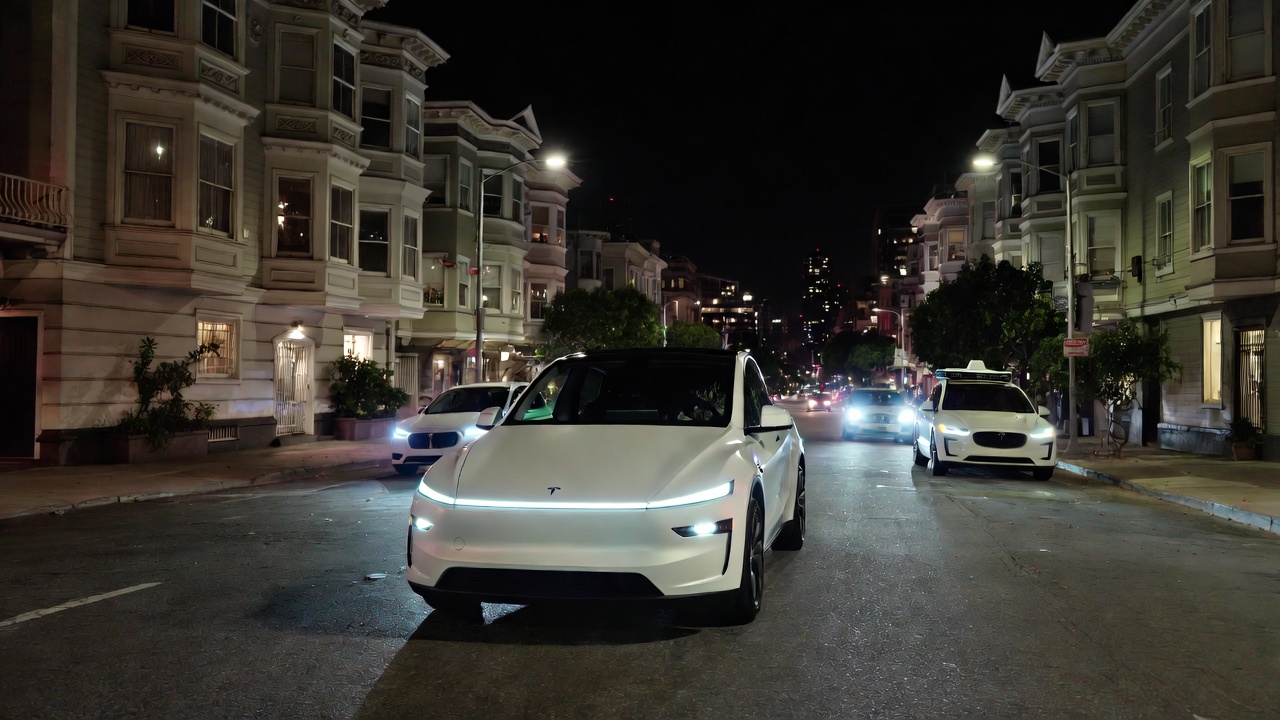

News
Tesla’s 2020 Aftermath: A look at the shorts who said 500k was ‘absurd’
Tesla’s 2020 showing has created an aftermath of reflection from bulls and bears alike. Despite the company coming off of a record year with a massive 500,000 vehicle delivery and production rate, which was considered “absurd” by some short-sellers in years past, Tesla proved the doubters wrong once again.
Everyone knows that the stock market is really an unpredictable and unfathomably tough thing to read. Some of the world’s best analysts can misread even the slightest bit of data and be miles off of what a particular stock accomplishes. Tesla, which is one of the more polarizing stocks despite its 700% climb in 2020, has had doubters since day 1. The difference between doubters of Tesla and doubters of other companies is that Tesla shorts and bears are some of the most vocal on Wall Street because the company’s momentum and hype have been talked about for nearly a decade.
2020 was easily the toughest year for the U.S. automotive market since the Great Recession of 2008. Tesla was one of the few companies that accomplished the feat of sustaining growth through the year of the COVID-19 pandemic, which crippled many industries, not just the automotive one, for most of the year. However, doubts on Tesla set in way back when the company started in 2008. Six years after Tesla built the original Roadster, analysts were still curious about the automaker’s capabilities moving forward and doubted that it would be able to scale its production to half-a-million cars by 2020. The old saying goes, “hindsight is 2020,” and as Tesla reached its goal for the year, it is easy to sit back and judge those who were wrong. However, their reasoning for not reaching 500,000 vehicles was completely flawed, and everything Tesla said it would do years ago has been accomplished.
Mark Spiegel called 500,000 cars in 2020 “absurd”
Mark Spiegel is a notable Tesla short-seller and has been bearish on the automaker’s stock for years. In 2014, Spiegel posted an article to Seeking Alpha, titled, “Why Projections For Tesla To Sell 500,000 Cars In 2020 Are Absurd.”
Spiegel used data like the compound annual growth rate to support his evidence, stating, “If Tesla sells 35,000 cars this year, 500,000 sales in 2020 would imply a six-year CAGR of 56%.” Additionally, Spiegel did not believe that Tesla could scale growth at that rate in six years because “no complex product manufacturer has ever grown that quickly from a revenue base of $3 billion or more.” But hey, there is a first time for everything.
Microsoft was able to scale its CAGR by 32.1% from 1993 to 1999, which is a six-year time span and was identical to Tesla’s outlook that was challenged in the 2014 article. While Microsoft managed a remarkable 32.1% CAGR because of the evergrowing popularity of the computer and other technology, Tesla’s overwhelming growth throughout the same timespan was due to tech developments, industry influence, proving affordability of electric cars, and a consistent growth rate that proved the company was here to stay.
Spiegel’s outlook for 2020 was 186,000 cars sold by Tesla, but the company managed to nearly accomplish this figure in Q4 alone, as it delivered 180,570 cars in the final three months of the year. Spiegel was way off in his predictions, and Tesla’s domination in 2020 was just one of many examples of analysts getting it completely wrong.
Tesla wasn’t a prime candidate for scaling its products, according to Thomas Bartman
In an April 2015 article in the Harvard Business Review, Thomas Bartman wrote an opinionated piece called, “Why Tesla Won’t Be Able to Scale.” Bartman claimed that Tesla’s EVs were “not actually disruptive, which will likely cause it to struggle to scale.” Bartman didn’t have the Model 3 to use as a benchmark at the time, but he doubted that Tesla would be able to sell a vehicle for $35,000, which it did.
“Tesla plans to launch a ‘mainstream’ luxury car, the Model 3,” Bartman wrote, “which it estimates will cost $35,000, although analysts have begun to question the feasibility of reaching that price point.” Tesla did discontinue this variant in late 2020, but the Standard Range Model 3 was available for over three years. The Standard Range+ was only $2,770 more and was more popular because of the range. Also, the SR was not listed on Tesla’s website and had to be ordered in a showroom or over the phone.
Bartman believed that Tesla had launched two good vehicles in the Model S and Model X, but legacy auto would quickly catch up after a few years. However, this has been proven wrong repeatedly, as companies like Mercedes-Benz and Audi have failed to launch effective and competitive EVs that are comparable to Tesla’s models globally. The Model 3 continues to dominate in China and the U.S., and the Model Y is gaining plenty of momentum as it nears the one-year mark since its first deliveries.
Tesla China Model Y attracts flocks of customers in local showrooms
“As Tesla attempts to scale, it’s likely to discover that its internal impediments, combined with competitor responses, make it much harder than anticipated,” Bartman said. “The symptoms of these problems will manifest as product launch delays, cost overruns, and higher than expected prices.”
The only issue is that Tesla was able to internally combat production issues, even though Elon Musk has admitted many times that Model 3 manufacturing was “production hell.” The company has effectively beaten all of its competitors to launching an effective and cost-worthy electric car by launching four of them.
Hindsight is 2020
With 2020 over (thank God), Tesla and analysts are already looking forward to the new year. 2021 has plenty in store for Tesla: Two production facilities in the U.S. and Europe are set to begin manufacturing efforts, the launch of the Cybertruck at the tail-end of the year, and a possible refresh of the Model S and Model X. Moving forward, Tesla shorts may be more cautious, especially considering their traumatic $38 billion loss this year.

News
Tesla quietly flexes FSD’s reliability amid Waymo blackout in San Francisco
“Tesla Robotaxis were unaffected by the SF power outage,” Musk wrote in his post.

Tesla highlighted its Full Self-Driving (Supervised) system’s robustness this week by sharing dashcam footage of a vehicle in FSD navigating pitch-black San Francisco streets during the city’s widespread power outage.
While Waymo’s robotaxis stalled and caused traffic jams, Tesla’s vision-only approach kept operating seamlessly without remote intervention. Elon Musk amplified the clip, highlighting the contrast between the two systems.
Tesla FSD handles total darkness
The @Tesla_AI account posted a video from a Model Y operating on FSD during San Francisco’s blackout. As could be seen in the video, streetlights, traffic signals, and surrounding illumination were completely out, but the vehicle drove confidently and cautiously, just like a proficient human driver.
Musk reposted the clip, adding context to reports of Waymo vehicles struggling in the same conditions. “Tesla Robotaxis were unaffected by the SF power outage,” Musk wrote in his post.
Musk and the Tesla AI team’s posts highlight the idea that FSD operates a lot like any experienced human driver. Since the system does not rely on a variety of sensors and a complicated symphony of factors, vehicles could technically navigate challenging circumstances as they emerge. This definitely seemed to be the case in San Francisco.
Waymo’s blackout struggles
Waymo faced scrutiny after multiple self-driving Jaguar I-PACE taxis stopped functioning during the blackout, blocking lanes, causing traffic jams, and requiring manual retrieval. Videos shared during the power outage showed fleets of Waymo vehicles just stopping in the middle of the road, seemingly confused about what to do when the lights go out.
In a comment, Waymo stated that its vehicles treat nonfunctional signals as four-way stops, but “the sheer scale of the outage led to instances where vehicles remained stationary longer than usual to confirm the state of the affected intersections. This contributed to traffic friction during the height of the congestion.”
A company spokesperson also shared some thoughts about the incidents. “Yesterday’s power outage was a widespread event that caused gridlock across San Francisco, with non-functioning traffic signals and transit disruptions. While the failure of the utility infrastructure was significant, we are committed to ensuring our technology adjusts to traffic flow during such events,” the Waymo spokesperson stated, adding that it is “focused on rapidly integrating the lessons learned from this event, and are committed to earning and maintaining the trust of the communities we serve every day.”
News
Waymo scrutinized after self-driving taxis cause traffic jams during SF blackout
It’s not farfetched to speculate that it would have been a doomsday scenario for Tesla had FSD behaved this way.

A power outage across San Francisco over the weekend forced numerous Waymo self-driving taxis to stop at darkened intersections and cause traffic blockages in multiple locations across the city. The disruption left riders stranded, frustrated drivers blocked, and city officials stepping in as the Alphabet-owned company temporarily suspended service amid the widespread gridlock.
Needless to say, it would likely have been a doomsday scenario for Tesla had FSD behaved in a similar way, especially if fleets of its robotaxis blocked traffic for numerous drivers.
Power outage halts Waymo fleet
The outage knocked out electricity for tens of thousands of customers, leaving traffic signals dark across large parts of the city, as noted in a report from the New York Times. Waymo vehicles began stopping at intersections and remained stationary for extended periods, seemingly unable to operate. Tow truck operators worked through the night removing immobilized vehicles, while videos circulated online showing Waymos with hazard lights flashing as traffic backed up around them.
Waymo later confirmed that it had paused its Bay Area ride-hailing service after the San Francisco mayor’s office contacted the company about the congestion its vehicles were contributing to. Service began coming back online shortly after 3:30 p.m. local time, though some users still reported being unable to request rides. Waymo maintained that no injuries or accidents were reported during the outage.
Autonomous cars during emergencies
The incident surprised industry observers since autonomous vehicles are designed to function during signal outages and temporary connectivity losses. Waymo stated that its vehicles treat nonfunctional signals as four-way stops, but “the sheer scale of the outage led to instances where vehicles remained stationary longer than usual to confirm the state of the affected intersections. This contributed to traffic friction during the height of the congestion.” Experts suggested the problem may have been linked to the vehicles’ reliance on remote assistance teams, which help resolve complex situations the cars cannot handle independently.
“Yesterday’s power outage was a widespread event that caused gridlock across San Francisco, with non-functioning traffic signals and transit disruptions. While the failure of the utility infrastructure was significant, we are committed to ensuring our technology adjusts to traffic flow during such events,” the Waymo spokesperson stated, adding that it is “focused on rapidly integrating the lessons learned from this event, and are committed to earning and maintaining the trust of the communities we serve every day.”
News
Tesla aims to combat common Full Self-Driving problem with new patent
Tesla writes in the patent that its autonomous and semi-autonomous vehicles are heavily reliant on camera systems to navigate and interact with their environment.

Tesla is aiming to combat a common Full Self-Driving problem with a new patent.
One issue with Tesla’s vision-based approach is that sunlight glare can become a troublesome element of everyday travel. Full Self-Driving is certainly an amazing technology, but there are still things Tesla is aiming to figure out with its development.
Unfortunately, it is extremely difficult to get around this issue, and even humans need ways to combat it when they’re driving, as we commonly use sunglasses or sun visors to give us better visibility.
Cameras obviously do not have these ways to fight sunglare, but a new patent Tesla recently had published aims to fight this through a “glare shield.”
Tesla writes in the patent that its autonomous and semi-autonomous vehicles are heavily reliant on camera systems to navigate and interact with their environment.

The ability to see surroundings is crucial for accurate performance, and glare is one element of interference that has yet to be confronted.
Tesla described the patent, which will utilize “a textured surface composed of an array of micro-cones, or cone-shaped formations, which serve to scatter incident light in various directions, thereby reducing glare and improving camera vision.”

The patent was first spotted by Not a Tesla App.
The design of the micro-cones is the first element of the puzzle to fight the excess glare. The patent says they are “optimized in size, angle, and orientation to minimize Total Hemispherical Reflectance (THR) and reflection penalty, enhancing the camera’s ability to accurately interpret visual data.”
Additionally, there is an electromechanical system for dynamic orientation adjustment, which will allow the micro-cones to move based on the angle of external light sources.
This is not the only thing Tesla is mulling to resolve issues with sunlight glare, as it has also worked on two other ways to combat the problem. One thing the company has discussed is a direct photon count.
CEO Elon Musk said during the Q2 Earnings Call:
“We use an approach which is direct photon count. When you see a processed image, so the image that goes from the sort of photon counter — the silicon photon counter — that then goes through a digital signal processor or image signal processor, that’s normally what happens. And then the image that you see looks all washed out, because if you point the camera at the sun, the post-processing of the photon counting washes things out.”
Future Hardware iterations, like Hardware 5 and Hardware 6, could also integrate better solutions for the sunglare issue, such as neutral density filters or heated lenses, aiming to solve glare more effectively.








